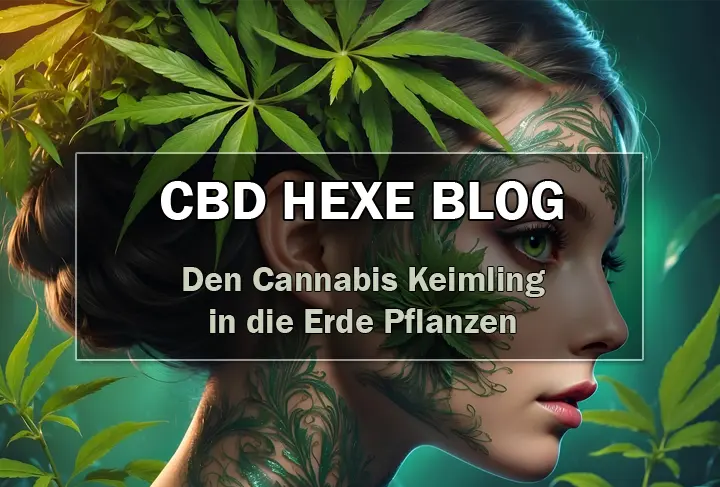
Planting the cannabis seedling in the soil
Andreas LeschkeShare blog post
"The Birth of the Cannabis Seedling"
Depending on which of the two methods of germinating cannabis seeds you have chosen, whether in a glass of water or in a plastic box with kitchen paper, the seedling should be planted in the soil as quickly as possible after germination in order to be provided with the necessary nutrients so that it can develop into a strong and beautiful marijuana plant.
It usually takes 3 to 6 days at most for the seed to pop and the seedling to appear. For this reason, I check my cannabis seeds once a day starting on the third day and plant the seedlings that have developed into the soil without further delay.
I leave seeds that have not yet germinated or have just begun the germination process (you can tell when you see a white spot on the seed) in damp kitchen paper in a darkened plastic box next to my heater.
Note:
According to the CanG (Cannabis Act), every adult is allowed to cultivate up to 3 cannabis plants. This means that if you decide to use 3 different genetics of cannabis, they may have different germination rates and it is therefore perfectly normal that the seeds do not always germinate at the same rate!
I initially leave the cannabis seeds that have germinated in their germination container (water glass or plastic box) in the dark so that they cannot be damaged by light while I prepare the pots with the soil that will become their later home.
Then I take the final pot (5 liters for automatics - 7 liters for photoperiod varieties) and fill it a little more than halfway with good, peat-free tomato soil, until about two-thirds of the pot is full. The soil is then lightly pressed down so that, after the soil has been pressed down, the pot is at least half full (maximum two-thirds).

I therefore advise against filling the final pot to the brim with soil, as the plant doesn't need more soil at this young stage. Another point is that you need to use less water to keep the soil moist and ensure a sufficient supply of nutrients.
The main reason I only fill my pots to a maximum of two-thirds full of soil in the initial phase is that the plant will lose its lower leaves over the course of its life. So, after a few weeks, only the main stem remains at the bottom of the plant, which can then be buried by filling it with more soil.
If you place the seedling in a pot that is filled to the brim, you will lose space in height later on, so that it can quickly become cramped in an indoor tent if the plant grows too tall and hits the light.
I'm well aware that there's a myth that claims the plant stops growing once the root reaches the ground and can no longer grow downward. This claim is FALSE!
From this moment on, the root will produce numerous secondary roots that will grow upwards in order to make maximum use of the soil.
Once the soil has been pressed down, I then use my fingers to make a large hole in the middle of the soil, where I will later plant the seedling.
After this process, I carefully remove the young seedling from the germination container (a glass of water or plastic box) with my fingers and place it in the center of the hole. With my other hand, I gently push the soil into the hole. This way, I bury the root in the soil.
It's important to note that the white strand is the root and should be buried in the soil. The green part of the seedling should be visible above the soil.
An important note here, as I have observed this many times!
Please DO NOT use tweezers for this procedure; use your fingers instead. Tweezers have sharp edges, and you lack the fine motor skills that come with the sense of touch in your fingers, so you can easily damage the root with tweezers.

Once this has been done and your seedling has been placed in the soil so that the seedling can see through the soil, the soil is carefully pressed down around the seedling again to give it stability.
I then water the soil with approximately 200-250 ml of water to moisten it and activate the nutrient supply. Once this is done, I also recommend inserting a yellow card into the soil to quickly identify any fungus gnat eggs in the soil and take immediate action.
Anyone who, despite my warnings from previous blog posts, still decides to use cheap soil from a discount store or DIY store should definitely use yellow cards, because the probability of pests living in the soil is much higher than with good tomato soil from a specialist retailer.
I will address problems that can occur during a grow, such as pests that are best controlled with beneficial organisms and other problems that occur frequently, in my next blog post.
After the seedling has been placed in its new home, the pot is placed in the grow box, along with the LED light and ventilation. The light should be at least 40 cm from the seedling to prevent it from receiving too much light and developing "LED disease," which can lead to burns and other stress symptoms.
Finally:
During this phase, your plant still requires very little water, so watering it once a day is sufficient to keep the soil moist. CO2, fertilizer, and other additives are not needed until week 4 at the earliest, when the plant has already passed the "cutting stage."
We thank the author Jorge Rieger for this blog post on germinating cannabis seeds. Feel free to follow him on his Facebook account. --> Click here

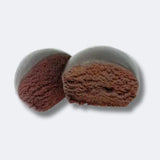

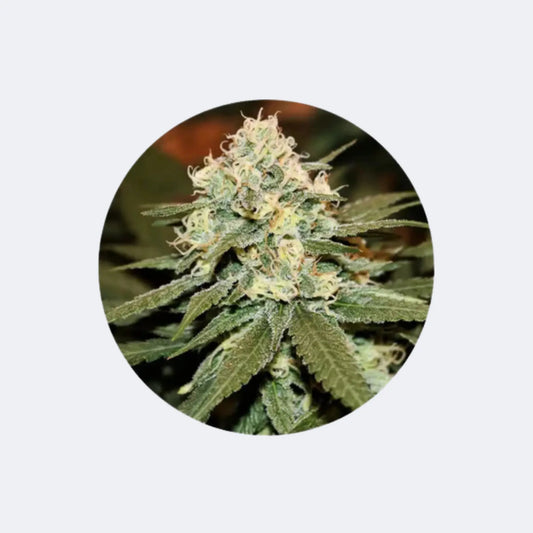
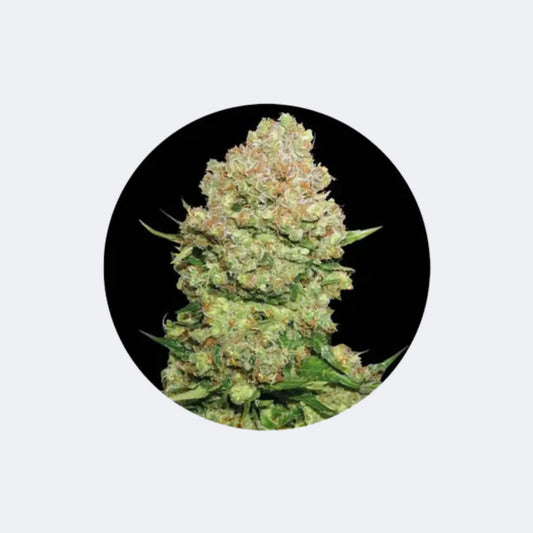
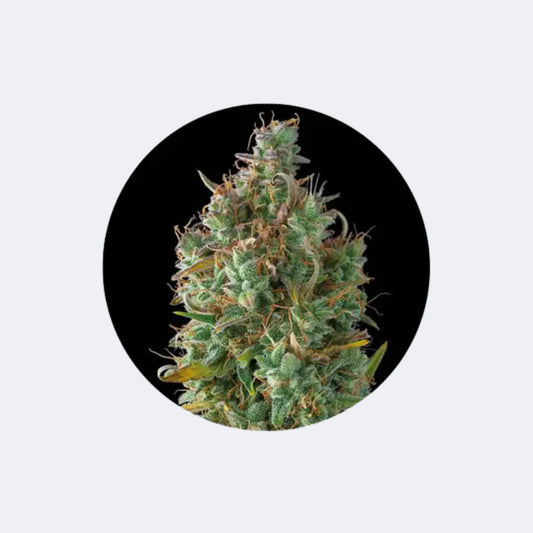
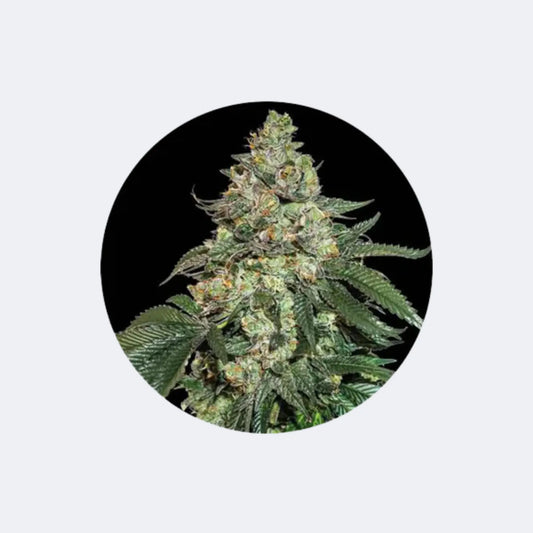
1 comment
Kleiner Tipp, man sollte Gegenstände die man braucht mal vorher erwähnen. Ich habe nun keine gelben Karten und hoffe. Weil ich es leider nicht vorher besorgen konnte. Da ja alles ganz einfach ist.